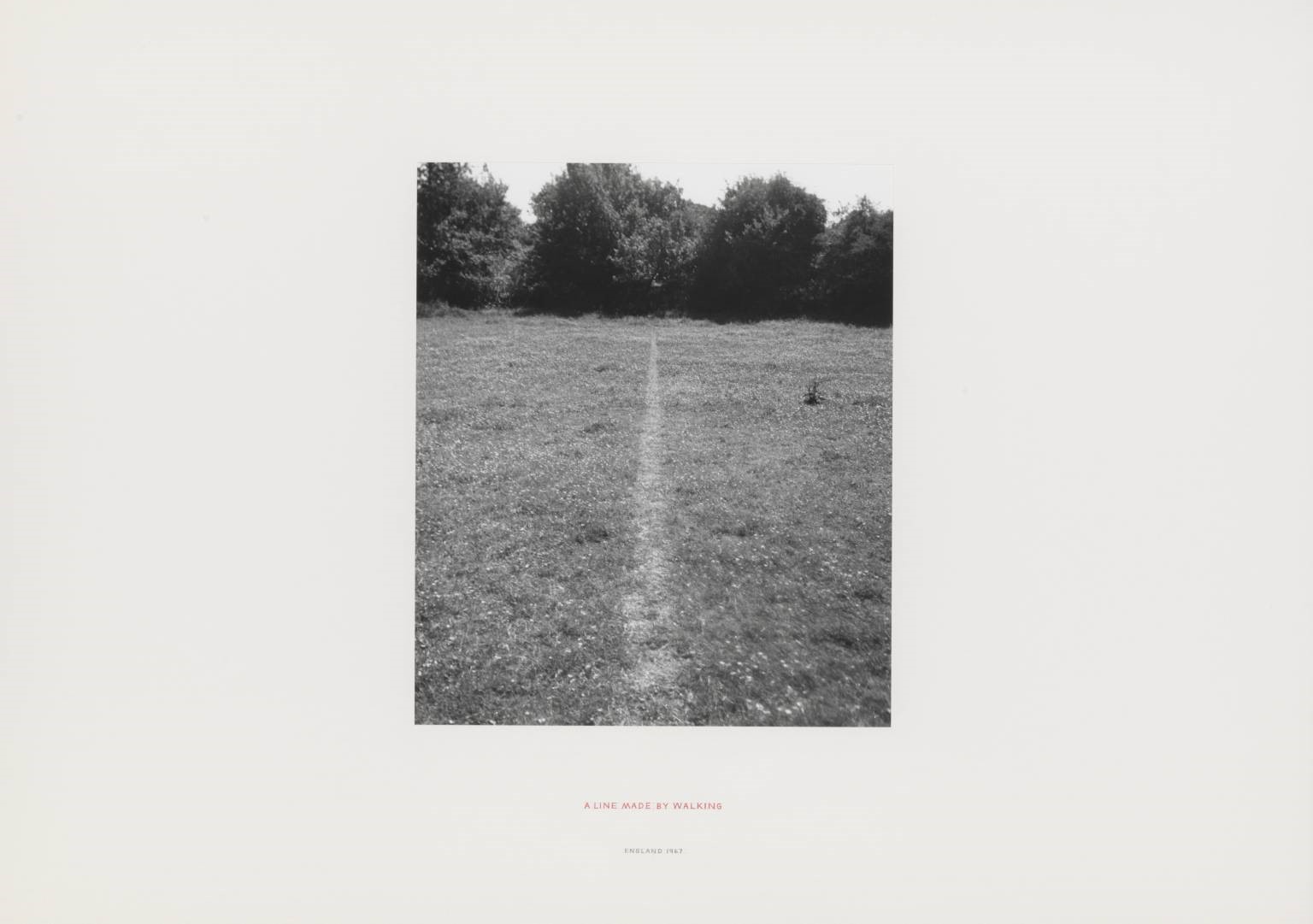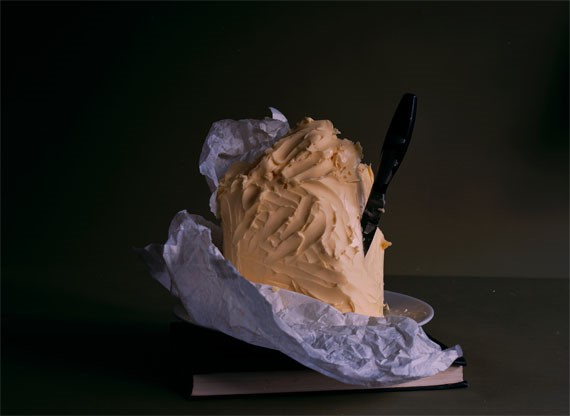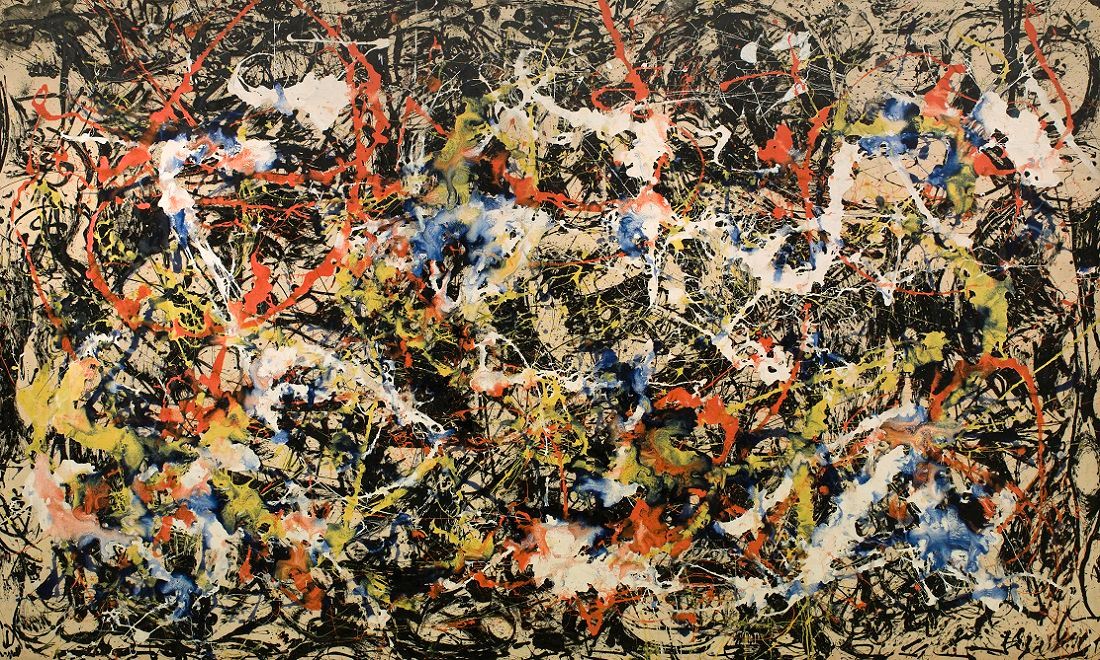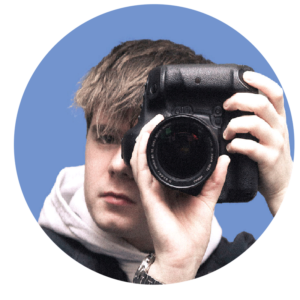Introduction
Within this discussion I will be responding to the question ‘is every picture a picture of the body?’. Firstly, I will be covering the theory of looking. Within this topic, I will cover different theories from, Suren Lalvani who discusses ocular epistemologies, cartesian perspectivalism any many more. I will also introduce American art historian James Elkins, James Elkins theory states that we are never, ‘just looking’, this theory is aimed to change the way you see the world and change the way you look.
Secondly, there will be a topic of seeing bodies. At first, this may seem very obvious to us however after this topic you may find that it is a more complex topic than ‘just looking’; within this covers shape, form and complexity of a body and how we subconsciously see bodies without the body being present. Covered within this is, subjective contour completion, this concept is something that we all subconsciously do without us wanting to or meaning to do so; from this, I will discuss the concept in-depth on how we use subjective contour completion in the way of photography and the way we see the everyday object.
Finally, the combination of both the theory of looking and seeing bodies will open your mind to new concepts. Because of this, I will discuss artists that have put this concept into effect. With artists such as Richard Longs ‘a line made by walking’, Olivier Richon’s ‘mound of butter’ Jackson Pollock’s convergence’ and Salvador Dali’s Persistence of Memory. These artists have all managed to capture the absent body in their own unique and fascinating way.
The Theory of Looking
Since the invention of photography in the nineteenth century it has drastically changed the way we see the world, ‘The invention of photography is a crucial moment in the development of a modern structure of vision’ (Lalvani 1996, p. 2). Subsequently the effect of this invention caused an Ocular epistemology, a new theory on how we see. Within photography we can now document moments, memories and see the world from another perspective.
“Because photography has been the predominant means of visual communication of the past one hundred eighty years or so, it has done more than any other medium to shape our notions of the body in modern times”
Pultz, 1995, p. 7
From the invention of photography, we have introduced cartesian perspectivalism. This method of perception allows us to culturally constitute the body; We now divide bodies into categories within the human community based on their class, status, gender, age, and occupation. From these categories, we can usually understand what category a person would fit into based on how they present themselves thanks to the documentation of photography.
“Anthropology, institutionalised in the 1840s, became increasingly concerned with photographic documentation during the 1870s. During this period, images of the colonial other are overwhelmingly predicated in an idea of an essential racial difference and a concomitant vision of racial superiority […] Photography played an important role in collecting images of different ‘races’ which could be anatomically compared and contrasted”
Edwards, 2006, p. 24
As James Elkins states, there is no such thing as just looking. From just looking one’s whole body responds, or at least it wants to. From looking within in a museum, we see possession, hope or the memory of it; as a result of looking we more than likely have the desire to act, an example of this would be, from looking in at the artefacts within a museum I want to touch, hold and own but I can’t, my body wants to respond but I can not complete the urge to do so.
“Looking immediately activates desire, possession, violence, displeasure, pain, force, ambition, power, obligation, gratitude, longing… there seems to be no end to what seeing is, to how it is tangled with living and acting. But there is no such thing as just looking.”
Elkins 1996, p. 31
With this introduction to photography and the theory it has brought along has introduced us to positivism inculcated. Positivism inculcated is a new consciousness of the real and a need to objectify the real. In the twenty-first century photograph manipulation has become a prominent technique in photography. Because of this we are able to create photographs that could have never existed resulting in the viewer wanting to consciously believe that a fabricated creation is real. From this positivism inculcates a conscious of the real with a need to objectify the real.
Seeing Bodies
The body, a complex but incredible concept. The body is everywhere, images are alive with bodies, even if the bodies are not actually there. We see bodies everywhere we look. ‘When I see a form, any form, any shape at all, I am also seeing a body’ (Elkins 1996, p. 125). Where ever we look we will always relate that object to a body; A house, we see windows as eyes, doors as mouths and the building as the head, as we look up into the night sky we see stars, we create bodies from stars like dot to dot just like the ancient Greeks and their mythology; we do this as well as in the day clouds, we look at clouds to find a shapes and body’s within the sky. We know fine well that these are not bodies but, yet we can’t help but relate an object to a body. ‘when I see a form-any form, any shape at all-I am also seeing a body’ (Elkins 1996 p. 129)
“when we are confronted with an unfamiliar object – a blot, a funny smear, a strange configuration of paint, a mirage, a frightening apparition, a wild landscape, a brass microscope, a building made of brick and rock – we seek a body in it; we try to see something like ourselves, a reflection or an other, a doppelganger or a twin, or even just part of us – a face, a hand or a foot, an eye, even a hair or a scrap of tissue.”
Elkins 1996, p. 2129
We know what a body looks like, even when it is not there. Subjective contour completion is something we all subconsciously do. An example of subjective contour completion would be if we see a house, partially covered by a tree, we know what material is used, the shape of the windows, the style of the door, from this visual analysis we then guess as to what the hidden section of a house looks like; as a result of this our subconscious creates a false image in our head of what the rest of the house would look like. We use subjective contour completion on everything we can not fully see, even bodies. When a body is partially covered such as legs hidden beyond a desk or counter top, we create this inaccurate vision of their legs, we do this as a desire for wholeness over dissection, to complete the shape of a human body.
“The urge to see whole bodies would become the urge to be such a body: to seal the body, to purge it of its messy organs, and finally to cancel human life in a protozoic implosion.”
Elkins 1996, p. 129
Artist Analysis
Richard Long: A Line Made by Walking

Richard Long, ‘A Line Made by Walking’ is a gelatin silver print on paper with a graphite board; Below the photograph on the off-white paper mount the words ‘a line made by walking’ handwritten in red pencil and below this we see ‘England 1967’ written in black pencil. Richard’s work presents to us a field with a line of trampled grass leading towards what appears to be small trees or tall bushes in the distance.
The significance of this work is a journey. A path that leads to nowhere, this is a visual representation of Richard’s journey as he had no destination to his travels, ‘I took a stopping train going south-west out of London with no destination in mind’ (Artimage.org.uk. 2019.), This body of work as a result perfectly portrays his way of travelling; Both Richards journey and his photograph expresses the same concept, Richard did not have a destination in mind for his travels therefore he had no idea where he would end up, as a result of this his work developed into something very similar, the path that he created leads no nothing, there is nothing beyond his path but trees and bushes. This concept of the journey was done subconsciously as he states in an interview ‘The work originated through intuition (Long 2015, p. 1)’ which shows the strength of the subconscious.
The art is created by an interaction between the body and the land. Richard created this line himself by walking up and down the field trampling down the grass until it was a clear pathway to the eye, because of this the photograph captures an action created by one’s body because of this you could say that this photograph captures the absent presence of a body. It is clear that a body has been there, but we can not see the physical aspect of a body.
By capturing the absent presence of a body shows that a picture of the body does not have to consist of the physical body itself, but for the body to leave an imprint on the landscape; Without the presence of Richard Long’s body this photograph we would not have the pathway that is shown resulting in a different concept towards the photograph. As a result of this, without the presence of the body, this photograph would not exist.
Olivier Richon: Mound of Butter

The Photograph ‘Mound of Butter’ By Olivier Richon is a contemporary recreation of the oil painting produced by Antoine Vollon in 1975-1985. What we see within this photograph is of course a mound of butter wrapped by the white packaging and placed onto a grey plate, inserted in this butter we also see a knife along with imprints across the top of the butter.
We first notice the butter in the centre of the frame, this is the focus point of the photograph because of the low-key lighting allowing the butter to stand out from its darkened surroundings making it the main focal point of the photograph. On the butter, we see imprints from what looks to smear from a body’s fingertips. These marking would have been there from the use, handling and moulding of the butter. From a brief analysis of this photograph, we can associate the finger markings with the body; therefore, the significance of this would be that there has been a presence of the body. We can see that there has been a body present without seeing a physical form of the body.
On the right-hand side of the butter, we also see a knife stabbed into the mound of butter, this knife clearly shows that someone has stabbed this object into the butter, again signifying the presence of a body. The action of the stabbing is often associated with death and a body. From the signified being a knife stabbed into an object the signifier for many of us would then become death; from this death is also associated with the body.
With butter being a representation of the body and the knife being the representation of death the significance of this photograph would then be the death of a body.
Jackson Pollock: Convergence

Pollock creates his abstract art with a method of ‘drip painting’, within this method he uses gestures in a bodily movement such as leaning, stooping, stretching, longing, splattering, smearing, drooling, stomping and so on. From this information, we can now assume that this work is created around the different types of bodily actions that can be performed. As a result of this, the artwork is a documentation of a bodily movement that has been performed. ‘they are records of the exact bodily movements that made them, and they evoke the affects a viewer might associate with those motions’ (Elkins 1999, p. 15).
Even though there is no physical aspect of the body within, this art form is a documentation of the body. The absent presence of the body in this painting expresses the movement and actions of Jason Pollock; now that we know this we can say that this painting is a documentation of the body. It is not a painting of a physical body, but It is a painting of a body’s actions.
Salvador Dali: The Persistence of Memory

Many of us are familiar with this famous surreal painting by Salvador Dali, ‘The Persistence of Memory; but to tell you that this is a picture of the body, many would disagree. First of all, we see a scenery, the scene of a seaside with sand, cliffs and water; closer to the frame we see a tree growing out of a manmade structure which is known to be an unnatural substance, which Salvador maybe be hinting towards is that time is not natural, time is a manmade measurement we use to help organise our day. From this tree we also see clocks melting perhaps suggesting a loss of time, one hung on the branch of the tree and one melting over an object of white, next to the tree there are ants eating away at one of the metal pocket watches. Ants are commonly used in Dali’s paintings, usually used to symbolise decay which suggests that time is wasting away. Another thing noticeable is that the object on the floor looks to be a face with an eye that holds long eyelashes, this face also appears to be laid down, this is a suggestion towards a dream due to the fact that the eyes are closed. Once again, we desire to see a body, we relate body’s or in this case body parts to something that is so abstract. we desire to see a body, we seek to see a body.
This event, the scenery, the melting clocks, the face, they do not exist. We are looking at the dream of Salvador Dali. This theory brings us back to Positivism inculcated an idea of what we believe to be real. This painting is not something that has physically happened but something that has happened in another’s mind, it is a memory from one’s body, but then without this body, it may never exist. The persistence of memory is a presence of the mind but with the absence of the body.
Conclusion
Conclusively every picture may not have the physical aspect of a body however in every picture there is a presence or an influence from a body. This has been proven but artwork from Richard Long who shown us a photograph of bodily action, by Olivier Richon yet again with the use of a bodily action but also with a significance of death, by Jackson Pollock’s abstract painting, a painting made purely by a body’s actions and as an effect of this is a documentation of one’s bodily movements and finally by Salvador Dali who show us the presence of one’s mind without the presence of a body where we also believe to see parts in an object so abstract proving the point that our eyes and mind desire to see a body.
If it is a picture of a landscape (like ‘a line made by walking), an object (like ‘a mound of butter’), the sky (like the Greek mythology of stars) or anything else we will subconsciously relate this to the body. Every photograph has taken the influence from the body all the way back to the invention of the camera obscura in 1816 as without influence of the body and mind of Nicéphore Niépce (the inventor of the camera obscura) there would be no such thing as a picture.
Even though there may not be a physical body in the photograph, there will be remains, echoes from which the body has left. Subsequently ‘Every picture is a picture of the body’ (Elkins 1999, p. 1).
Bibliography
Artimage.org.uk. (2019). Image focus: Richard Long describes ‘A Line Made by Walking’ : Artimage. [online] Available at: https://www.artimage.org.uk/news/2015/image-focus-richard-long-describes-a-line-made-by-walking/ [Accessed 7 Jun. 2019].
Edwards, S. (2006). Photography. Oxford: Oxford University Press.
Pultz, J. (1995). Photography and the body. London Weidenfeld and Nicolson.
Lalvani, S. (1996). Photography., Vision, and the production of modern bodies. Albany: State Univ. of New York Press.
Elkins, J. (1999). Pictures of the body.
Elkins, J. (1996). The object stares back. San Diego.: Harcourt.


